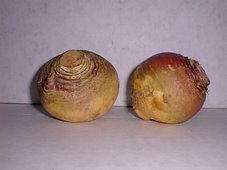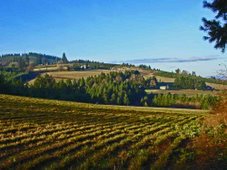 ARSI staff was pleased, and a bit surprised, to receive an immediate response to our invitation to Garrison Keillor and Prairie Home Companion to visit our headquarters in Forest Grove. Here, verbatim, is a portion of the email that we received last night:
ARSI staff was pleased, and a bit surprised, to receive an immediate response to our invitation to Garrison Keillor and Prairie Home Companion to visit our headquarters in Forest Grove. Here, verbatim, is a portion of the email that we received last night:
"Thanks for your interest in a touring broadcast of A PRAIRIE HOME COMPANION.
"When A PRAIRIE HOME COMPANION goes on tour, we usually do so in partnership with the local public radio station that carries our show, at their invitation. We only do a few tour dates each season, and we have over 580 public radio stations that carry the program. Competition for a spot on our touring calendar is very keen. It is likely that your public radio station is aware of this, and has already made an application for a tour visit. We receive many applications each year.
"There are some important responsibilities that are assigned to the station that invites us to their community: they must rent an appropriate theater and its equipment; they must cover local stagehand costs, provide local accommodations for our company (up to 75 room nights), and provide local transportation and catering. Due to the expenses incurred on both sides, and also to provide enough seats people to see the show, we recommend a hall that seats a minimum of 2500 people. We find that, even with that size hall, stations must carefully analyze the expenses and their ability to undertake an event of this size. Because the costs for these local expenses (theater rental, stagehands, and hotel rooms) vary from location to location, there is no set fee that we can quote for an appearance. We arrange a formula to share the ticket sale income with the sponsoring station, and we do find that the event sells out in every community that we visit.
"If you would like to pursue this further, or are a part of an organization that might like to underwrite a tour visit, please be in touch with your local public radio station. Thanks again for your interest in A PRAIRIE HOME COMPANION. Thanks and keep listening."
No doubt a personal message from Mr. Keillor to President Obie MacAroon is soon to follow. We're already looking forward to working with Oregon Public Broadcasting to arrange PHC's inevitable visit to ARSI.
 ARSI President Obie MacAroon III has directed your organization to prepare a major spring drive to promote rutabaga consumption.
ARSI President Obie MacAroon III has directed your organization to prepare a major spring drive to promote rutabaga consumption. 










